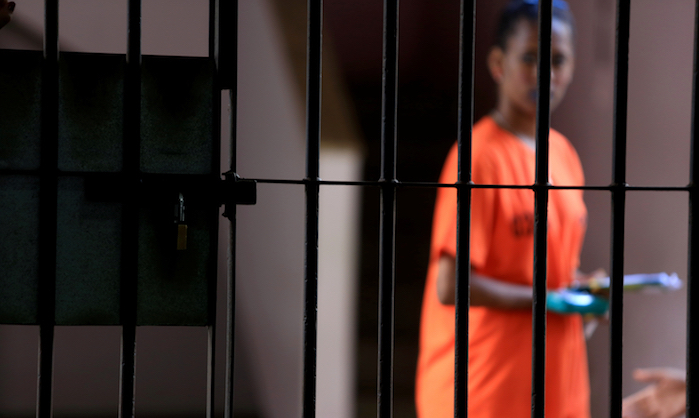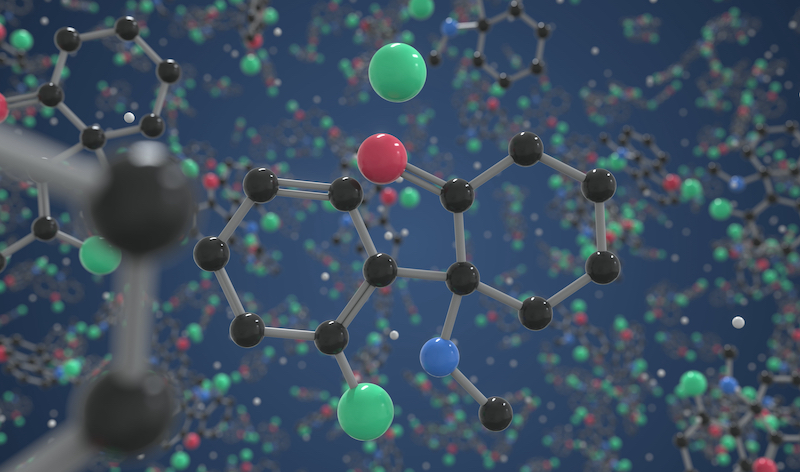Women who are behind bars and are suffering from substance use disorder and mental health issues face unique struggles that the system must address
By Allison Gilbert, PhD, MPH, and Marvin Swartz, MD
Mental health has been a prominent topic in the national conversation lately, due in part to athletes such as Olympic gymnast Simone Biles and various celebrities who have used their public platforms to disclose their own struggles. But while we rightly applaud their courage in bringing a once-taboo topic out of the darkness, it’s also important to shine a light on the threats facing a largely hidden population: women with mental health and substance use disorders who are entangled in the criminal legal system.
It is well-established that people with mental health or substance use issues—or both—have a greater chance of falling into the system. But when that person is a woman, the consequences can have a huge impact on family finances, on child care and custody, and on her prospects for stable employment. And while the increasing number of diversion programs are doing much to assist those with co-occurring disorders who are better served by treatment than prosecution and incarceration, we must do more to address the special challenges of women in these situations.

People with both mental health and substance use disorders are strikingly overrepresented in the criminal legal system. As many as 1.4 million people with both serious mental illness and addiction are locked up in U.S. jails each year, accounting for nearly 11% of all new inmates despite being only 3% of the population. And incarcerated women are more than twice as likely as their male counterparts to suffer from these co-occurring disorders. Women frequently enter the criminal legal system when they are booked on drug-related charges, which for many is the first time their mental health needs have been identified.
Several states have developed robust systems of specialty courts and diversion programs, including law enforcement diversion from arrest, pre-trial deferred prosecution programs contingent on successful completion of treatment, and post-booking jail diversion programs. Connecticut’s statewide jail diversion program has been shown to reduce its participants’ risk for incarceration, improving lives and reducing costs to the state criminal justice system. But the success of these programs rests on addressing complex treatment and social needs.
[T]reatment programs targeted for women and specifically focused on their needs are in acutely short supply. More female-only integrated treatment programs—especially residential programs—are needed to facilitate trust and get women with co-occurring disorders to open up … .”
In our interviews with diversion-program clinicians working with female participants, they identified a number of needs that, when met, can help women remain in treatment.
They include:
- Adequate support for new mothers, who face an increased risk of returning to substance use immediately after giving birth;
- Recognition of miscarriage as a potential detriment to mental health and the ability to resist drug use;
- Resources for mothers facing child custody issues related to drug use, and motivation to stay on track so the family can be reunited or maintain a stable relationship;
- Help managing child care so that participants can access services, especially when they are located far from home or involve a residential stay; and
- Support for those in situations involving domestic violence, controlling partners or partners who also use drugs, any of which present strong barriers to engagement with services.
Some of the Solutions
Clinicians told us that because of their general scarcity, treatment programs targeted for women and specifically focused on their needs are in acutely short supply. More female-only integrated treatment programs—especially residential programs—are needed to facilitate trust and get women with co-occurring disorders to open up, especially about highly sensitive and painful issues of intimate partner violence and physical or sexual trauma that are prevalent in this population

Such programs also must address the patterns of thinking and behavior that have led to offending. Examples of treatments that are highly effective are integrated dual disorders treatment for both mental health and substance use disorders, and the risk-need-responsivity and cognitive behavioral therapy models for addressing underlying issues that lead people to engage in criminal behavior. Integrating these programs to address behavioral health needs and criminal risk factors among women—in a residential environment, where they could stay with their children while they engage in treatment—would be ideal.
Paired with those treatment needs is an urgency for supported housing and supported employment—that is, safe and affordable housing and vocational assistance focused on women’s needs and circumstances.
Now is as good a time as any to remember those without a platform or podium and commit the resources to help them succeed. Well-designed gender-specific treatment for women involved in the criminal legal system can and does work, but it requires a serious investment.
Allison Gilbert, PhD, MPH, and Marvin Swartz, MD, are faculty at the Wilson Center for Science and Justice in the Duke University School of Law.
Top photo: Shutterstock














